Most states require homeowners associations and condo associations to carry specific insurance coverages. Often, rather than purchasing several different insurance policies, the HOA will opt to purchase a master policy, which includes the various coverages that the board chooses. With a master policy, the association will pay one premium for insurance instead of several.
In this article, we’ll take a look at what a master policy is and what it should cover.
What Types of Coverage Can a Master Policy Provide?
The association’s master policy will most likely include both liability and property coverage:
- Liability coverage is used to protect the association in the event that the association causes injury or property damage to a third party through its negligence. For example, if a person slips on ice in the park’s walkway or if the HOA’s car crashes into a homeowner’s vehicle, it should be covered by the liability portion of a master policy.
- Property coverage protects property owned and/or maintained by the association, such as the clubhouse and community pool facilities, association vehicles, and the elevators and stairs in condominiums. Adequate property coverage will ensure that the HOA is protected against damage that happens to association property as a result of wind, fire, water, crime, or vandalism.
However, it is important to remember that there are often exclusions to general property and liability insurance coverages, which could result in additional coverages being added to the master policy. For example, it is usually required that an association purchase flood insurance separately, as flooding is not generally covered under a property insurance policy. Another type of insurance not generally included in general liability and property insurance coverages is fidelity insurance, which essentially protects the HOA’s property from the dishonest actions of employees and board members.
What Master Policies Cover
As association insurance, a master insurance policy will cover property owned and/or maintained by the association and provide coverage for the association’s liabilities. A master policy would typically include the association’s common areas and common area buildings, such as lakes, playgrounds, pools, clubhouses, and fitness centers. In a condominium, common areas also include common rooms or areas that all owners may use, such as common walls, lobbies, stairways, and elevators.
In both single-family HOAs and condominium associations, homeowners must purchase their own individual homeowners insurance policies to cover personal liability and damage to personal property.
So, while the master policy would probably cover the medical bills for a guest who slips and falls at the community clubhouse’s entryway, it wouldn’t cover a guest who slips and falls on a homeowner’s driveway. And, while the wide screen television in the community fitness center would generally be covered in case of theft, the television in a homeowner’s living room would not be.
Additionally, a master insurance policy can function somewhat differently in a homeowners association than it would in a condominium association. In an association with single-family homes, the distinction between HOA-owned and homeowner-owned property is more distinct. Homeowners own the lots with their homes on them, and the HOA owns the common areas. The master policy applies only to those common areas.
However, with condominiums, the dividing lines between association property and owner property can appear more blurred, since only a wall may divide a common area from the homeowner’s property. There are a couple options condominium associations have when it comes to choosing insurance coverage, the most common options being:
- Studs-Out Coverage: This type of coverage includes the parts of the building that are outside of owners’ individual units. So, the roof of the building, common walkways, the lobby, elevators, public staircases, etc., would be covered by the master policy, and homeowners would be responsible for insuring the interior walls, flooring, fixtures, etc., of their units.
- All-In Coverage: This type of coverage includes common areas and basic building protections, as well as the structural elements and fixtures inside units. With all-in coverage, a homeowner is generally only responsible for insuring the property in the unit that they own.
Checking Governing Documents and State Law
As mentioned earlier in this article, state law and an association’s governing documents may require that an association carry certain types of insurance, such as directors and officers insurance, workers’ compensation insurance, commercial property insurance, and liability insurance. So, an association should always check the governing documents and state law before making insurance decisions.
Preserving Value & Protecting Owners
Though an HOA’s master policy protects only the common areas and HOA’s property, and not a homeowner’s personal property, the importance of maintaining adequate association insurance should not be underestimated by the members of the community. If the HOA does not carry sufficient insurance coverage, homeowners’ investments will be put at risk.
Additionally, it is important to remember that members of an HOA can be held liable for damages related to incidents that take place in the common areas. In effect, if the HOA does not have adequate insurance coverage, the HOA may need to charge owners a hefty special assessment to cover these damages.
Speaking with a qualified and informed insurance agent can put your mind at ease because you will know that everything has the proper coverage and protection should the unthinkable happen. Contact the experts at Blue Lime Insurance Group today to explore your options.




